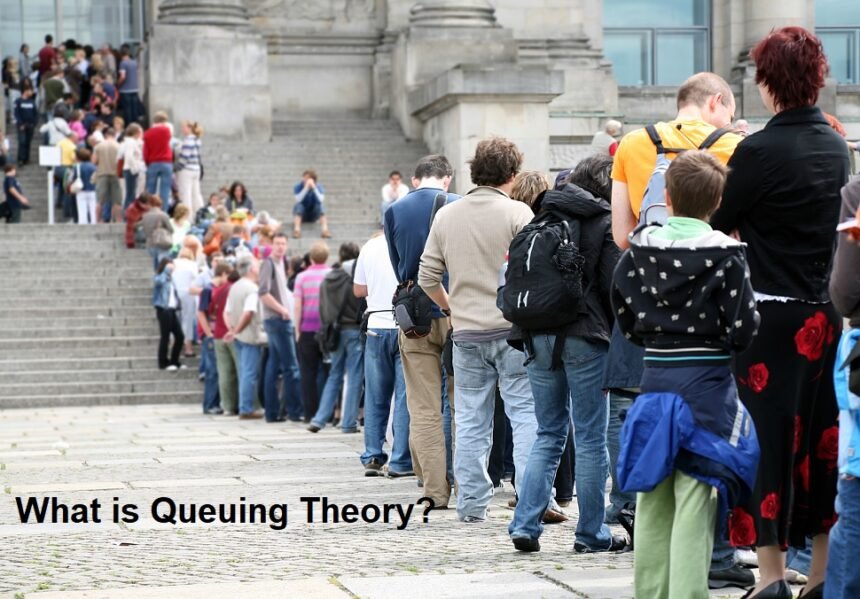In our daily lives, we often encounter waiting situations. Whether it’s queuing at the supermarket checkout, waiting our turn at the bank, or waiting for data to be downloaded online, this phenomenon has a scientific basis that can be studied systematically through what’s called Queuing Theory. This theory is not only useful for understanding the waiting process but also for optimizing systems for more efficient service.
Simply put, Queuing Theory is a branch of applied mathematics that studies queues or waiting lines. This theory is used to analyze various systems in which customers, people, or objects wait for service from one or more servers. This concept was first developed by a Danish engineer named Agner Krarup Erlang in the early 20th century while studying telephone congestion at a telecommunications company. From there, the theory has developed widely and is applied in many fields, from business and banking to transportation and information technology.
In queuing theory, there are several key components that need to be understood. First is the customer source (arrival), namely the entity arriving to be served, for example, a customer at a cashier or a vehicle at a toll gate. Second is the service mechanism, namely the method or process by which service is provided. Third is the queue discipline, namely the rules that determine the order in which service is provided. The most common example is the First Come, First Served (FCFS) system, where those who arrive first are served first. However, in some cases, other systems are used, such as Priority Queue, where customers with a higher urgency level are given priority.
Furthermore, queuing theory also takes into account the number of servers and system capacity. For example, a bank with five tellers will have a different system than one with only one teller. Similarly, a fast food restaurant will have multiple ordering lines compared to one with only one. All of these factors affect queue length, average wait time, and overall service efficiency.
The basic model in queuing theory is usually written in symbols such as M/M/1 or M/M/c. The letter “M” represents the Markovian (random and exponentially distributed) arrival and service process, while the number indicates the number of servers. For example, an M/M/1 system describes a single queue line with one server, while an M/M/3 system represents a system with three servers working in parallel. Through this model, analysts can calculate the probability of how long someone will have to wait, how often the system will be full, and how much optimal capacity is needed.
The applications of queuing theory are extensive. In the business sector, this theory helps companies improve customer satisfaction by reducing waiting times. For example, a restaurant manager can determine the ideal number of cashiers to avoid long waits for customers. In the transportation sector, this theory is used to regulate traffic at intersections or determine the number of counters at toll gates to avoid congestion. In the digital world, this theory is also used to manage data traffic on servers to avoid access delays. Even in hospitals, queuing theory helps management balance the number of patients and medical personnel to ensure efficient service.
Beyond efficiency, queuing theory also plays a strategic role in decision-making. By analyzing arrival and service data, management can predict peak times, how many additional resources will be needed, and how to prioritize service. In an economic context, this theory helps reduce operational costs without sacrificing service quality.
In conclusion, queuing theory is not just about waiting, but about managing time and resources efficiently. In today’s fast-paced and competitive world, the ability to understand and apply queuing theory can be a distinct advantage for businesses and organizations. With this scientific approach, seemingly simple queues can be broken down into strategic solutions to create efficiency, customer satisfaction, and long-term profits.












